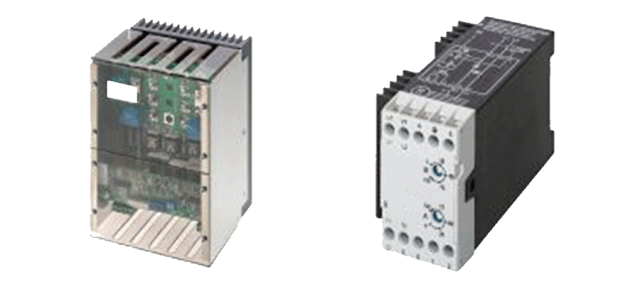In the realm of industrial and
mechanical engineering, safety and efficiency are paramount. One technology
that has gained significant attention for its ability to enhance both of these
aspects is DC injection Brakes. In this article, Emco Precima delve into the world
of DC injection braking, exploring its advantages, applications, and
implementation.
Introduction
Before we jump into the
advantages, let's briefly understand what DC injection braking is and how it
works.
Understanding DC Injection
Braking
Definition and Mechanism
DC injection braking is a
method used to slow down or stop an electric motor quickly. It involves
injecting direct current DC motor's windings while it's still
running. This injection creates a magnetic field that opposes the motor's
rotation, thereby bringing it to a halt. Now, let's explore the advantages of
this ingenious braking system.
Advantages of DC Injection
Braking
1. Enhanced Safety
Safety in industrial settings
is a top priority. DC injection braking provides a safe and reliable way to
stop motors. It helps prevent accidents and protects both workers and
equipment.
2. Extended Lifespan of
Equipment
By gradually slowing down the
motor with DC injection braking, you reduce wear and tear on the mechanical
components. This prolongs the lifespan of the equipment and lowers maintenance
costs.
3. Improved Control and
Precision
One of the remarkable features
of DC injection braking is its precise control. It allows for the adjustment of
the braking force, ensuring that equipment stops exactly when and where it's
supposed to. This is crucial for applications requiring high precision.
4. Energy Savings
Traditional braking methods
dissipate energy as heat. In contrast, DC injection braking converts the
motor's kinetic energy into electrical energy, which can be reused or
dissipated more efficiently. This results in energy savings, which is not only
environmentally friendly but also cost-effective.
Applications of DC Injection
Braking
DC injection braking finds
applications in a wide range of industries, including elevators, conveyors, and
cranes. Its versatility makes it an ideal choice for various scenarios.
How to Implement DC
Injection Braking
Implementing DC injection
braking requires a good understanding of the motor and control systems. We will
discuss the steps involved and considerations to keep in mind.
Maintenance and Best
Practices
To reap the full benefits of DC
injection braking, regular maintenance is essential. We will provide tips and
best practices to ensure its continued effectiveness.
Real-Life Examples
Explore real-world scenarios
where DC injection braking has made a significant impact on safety and
efficiency.
Challenges and Limitations
While DC injection braking
offers numerous advantages, it's not without its challenges and limitations.
We'll discuss these to provide a well-rounded perspective.
Future Innovations
The field of braking systems is
constantly evolving. We'll take a peek into the future and explore potential
innovations in DC injection braking.
Conclusion
In conclusion, DC injection braking is a technology that significantly enhances safety and efficiency in various industrial applications. Its advantages, such as improved control, energy savings, and extended equipment lifespan, make it a valuable asset in the world of engineering.

Post a Comment